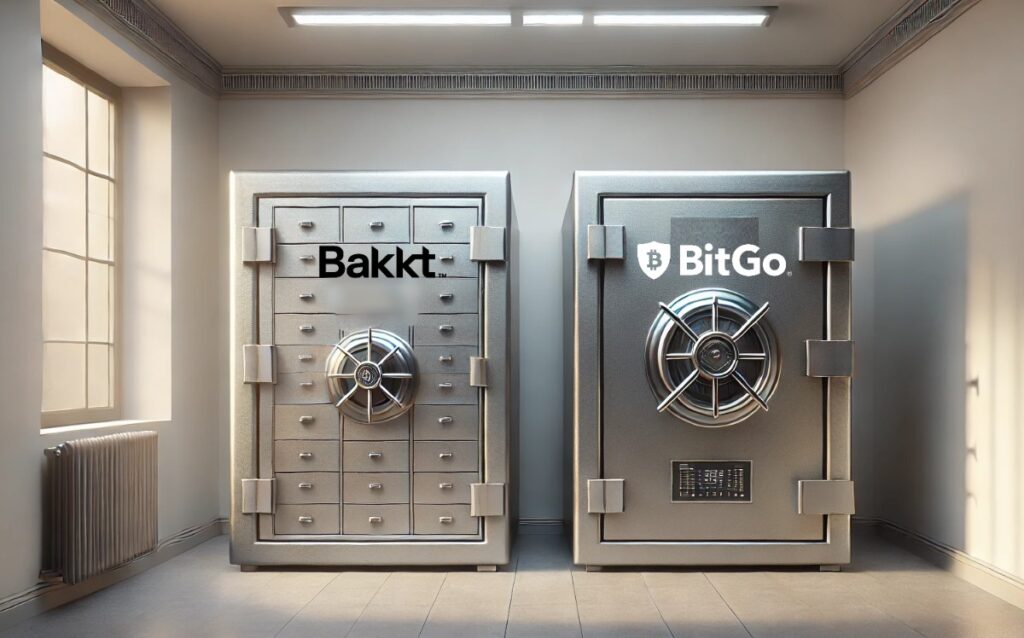BitGo has launched a comprehensive token management platform, aiming to streamline how blockchain protocols, foundations, and institutions issue and manage digital assets.
The offering, announced via X, covers the full lifecycle of a token—from issuance and custody to staking, vesting, and compliance.
The move signals BitGo’s ambition to evolve beyond secure storage into a more vertically integrated provider of infrastructure services for the growing token economy. However, while the platform promises to simplify token operations through automation and regulatory alignment, it enters a competitive space with rising expectations around transparency, decentralization, and legal clarity.
Token Lifecycle Coverage and Operational Goals
BitGo’s platform centralizes tasks that are traditionally fragmented across multiple service providers. This includes automated token vesting, unlocking schedules, ecosystem distributions, and staking. The platform is built atop BitGo Trust, a qualified custodian licensed in South Dakota, and claims to offer institutional-grade security and regulatory compliance from the outset.
However, the notion of “full compliance” varies by jurisdiction, and critics have noted that even qualified custodians may still face legal gray areas, especially in international token launches. The reliance on a centralized custodian also raises questions for Web3 purists who favor decentralized and permissionless infrastructure.
Adoption by Notable Protocols—and Questions of Centralization
Projects such as Worldcoin, LayerZero, Sui, and ZetaChain have integrated with the new BitGo platform. These integrations suggest confidence in BitGo’s infrastructure, but also highlight an increasing trend: centralized entities playing a larger role in decentralized ecosystems.
The tension between operational convenience and decentralized ideals remains unresolved. While BitGo offers tools that simplify compliance and improve transparency—such as vesting schedule tracking and insured custody—protocols using these services must weigh the benefits of security and insurance against concerns about single points of failure and counterparty risk.
Insurance, Security—and the Fine Print
BitGo highlights features such as $250 million in insurance coverage, multi-signature wallet architecture, and 24/7 monitoring. These assurances are significant in the often-volatile crypto market, particularly for institutional clients. However, insurance coverage in crypto can be nuanced: policies may not cover all asset classes or events such as hacks due to user error, contract vulnerabilities, or systemic platform failures.
Similarly, the specifics of how BitGo’s insurance is structured—what types of incidents are covered, and who the underwriters are—are not always publicly disclosed. This lack of granularity may make it harder for clients to fully assess their risk exposure.
Staking and Validator Services: Convenience vs Custodial Risk
BitGo also provides staking infrastructure for proof-of-stake networks, including cold wallet staking and liquid staking support. While this allows token holders to earn yield without giving up custody, it introduces complexities around validator management, slashing protection, and regulatory compliance—especially as staking continues to draw scrutiny from U.S. regulators.
Foundations using BitGo’s staking solution must also consider how their validators are operated, who controls them, and whether any conflicts of interest exist between BitGo’s dual role as custodian and infrastructure provider.
Lifecycle Services: A Comprehensive but Centralized Approach
The new service suite includes custody for protocol treasuries, token issuance automation, grant management, and liquidity support. These features cater to token projects at scale, particularly those planning Token Generation Events (TGEs). But BitGo’s platform approach could also create lock-in effects, limiting client flexibility if they wish to migrate to decentralized alternatives or change providers.
While BitGo’s unified interface may reduce operational complexity, some projects may prefer modular or composable services that allow them to retain control over individual components of their stack.
Regulatory Positioning and Global Compliance Challenges
BitGo operates regulated entities in multiple jurisdictions and presents itself as a legally compliant infrastructure provider. This can provide institutional investors with confidence. However, regulatory compliance in one jurisdiction does not always translate globally. Projects operating in Europe, Asia, or emerging markets may still face hurdles integrating with U.S.-based custodial solutions—particularly in light of evolving crypto regulations across the EU (MiCAR), UK, and Asia-Pacific.
Moreover, BitGo’s centralized architecture may put it at odds with jurisdictions or investor groups that prefer or require self-custody or decentralized solutions to meet compliance or ideological criteria.
Final Analysis
BitGo’s expansion into token lifecycle management reflects a broader industry trend: the consolidation of crypto infrastructure under institutional service providers. For large-scale token issuers, the convenience, security, and insurance offered by BitGo may outweigh the trade-offs.
Still, investors and protocol teams should ask critical questions:
- How segregated are client assets?
- What are the true limits of the insurance coverage?
- What regulatory recourse exists in the event of insolvency or litigation?
- And most importantly—does centralized control align with their project’s long-term goals?
BitGo may be well-positioned to serve institutional clients seeking turnkey solutions. But for a crypto ecosystem still rooted in decentralization, transparency, and trustlessness, the rise of full-stack custodial platforms is not without friction.







